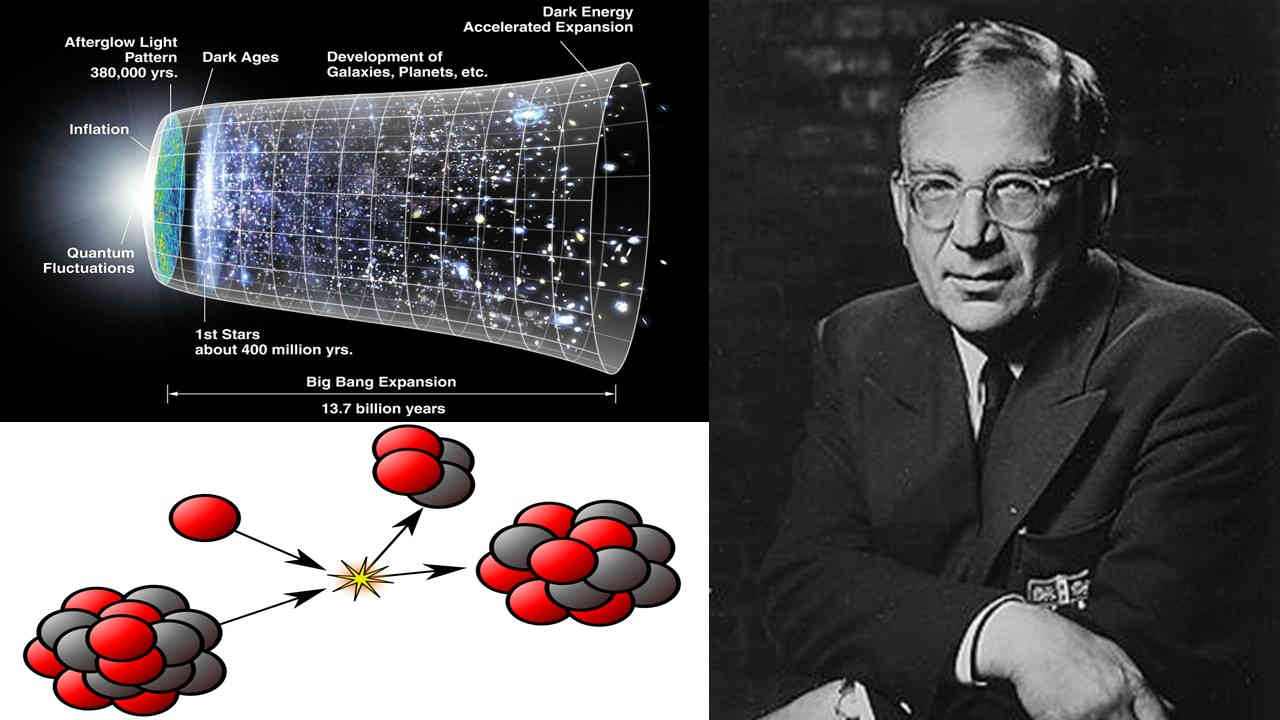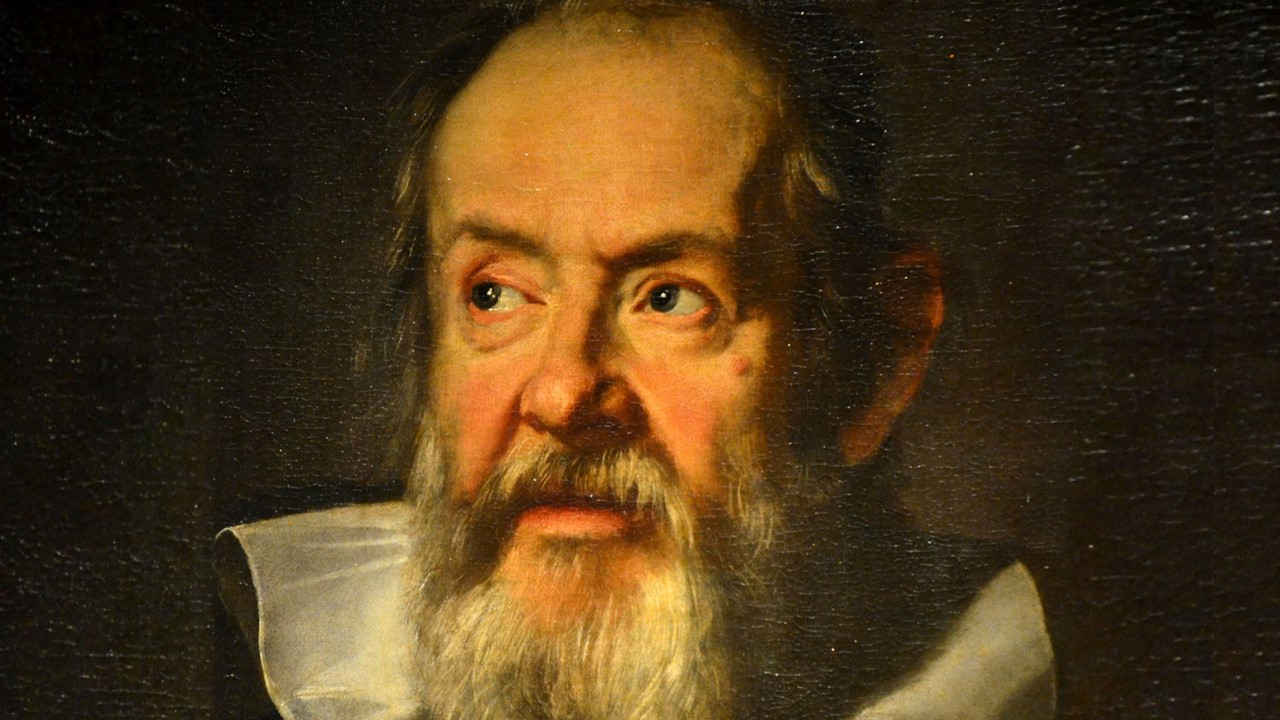
Who was Joseph Fourier?

10 Albert Einstein Quotes To Succeed In Life

Apart from making groundbreaking discoveries in physics, Albert Einstein also played the role of a motivational guru quite often. So, following are 10 Einstein quotes that will change your life.
1. Everyone sits in the prison of his own ideas; he must burst it open, and that in his youth, and try to test his ideas on reality. [Meaning: Don't keep delaying what you really want to do. Try it out for who knows what is possible?]
2. Joy in looking and comprehending is nature's most beautiful gift. Never lose a holy curiosity for it has its own reason for existing. [Meaning: Every child is born curious. Keep your mind open to new adventures.]
3. Try to become not a man of success, but try rather to become a man of value. Because, only a life lived for others is a life worthwhile. [Meaning: Our relationships are just as important as goals.]
4. Life is like riding a bicycle. In order to keep your balance you must keep moving. [Meaning: Enjoy the ride. Don't be afraid to fall.]
5. Don't think about why you question, simply don't stop questioning. Don't worry about what you can't answer, and don't try to explain what you can't know. [Meaning: Curiosity is a quality one must never let go of. Ask questions as they will lead you to life's answers.]
6. Blind obedience to authority is the greatest enemy of truth. [Meaning: Don't follow people blindly.]
7. The value of a college education is not the learning of many facts but the training of the mind to think. [Meaning: Learn how to think, not what to think.]
8. I never think of the future. It comes soon enough. [Meaning: Live in the moment. Act now.]
9. The mediocre mind is incapable of understanding the man who refuses to bow blindly to conventional prejudices and chooses instead to express his opinions courageously and honestly. [Meaning: Break the mould you were born into.]
10. If A is success in life, then A = x + y + z. Work is x, play is y and z is keeping your mouth shut. [Meaning: Work hard. Play hard. Stay humble.]
Five Interesting Facts About George Gamow

College life
Important contributions
Writings
Educator
Personality
Who was Gustav Kirchhoff?

- The algebraic sum of currents meeting at a point is zero.
- The directed sum of the voltages around any closed loop is zero.

5 Qualities That Made Albert Einstein Genius

Collaborative instinct
Powerful Imagination
Childlike curiosity
Challenging the norms
Einstein's big brain
Famous Physicist Who Took His Life Due To Depression

As a student

As a teacher
As a husband
Work on Entropy

5 True Love Stories In The Physics World

Marie and Pierre
In Pierre, Marie had found a caring and a brilliant lab partner. In Marie, Pierre discovered the love of his life. And together, they went on to win the Nobel Prize, in 1903. Marie went on to win another in 1911.
Richard and Arline
Despite being from two separate worlds, Arline and Richard were united by the threads of love. Although they weren't meant to be forever, as Arline was struck by tuberculosis, their love became an example for everyone.
Carl and Ann
It was as if Carl was creatively lost when Ann Druyan entered his life, before and during the filming of Cosmos. Together they were an unstoppable creative force, a proof that true love brings the best out of you.

Stephen and Jane
When Stephen was in need, Jane was always there beside him, like a rock solid support. Stephen and Jane's story proves that true love need not fear what life has to throw at you.
Paul and Margit
All his life Dirac waited to share his deepest thoughts and feelings with someone he could trust and admire. Paul and Margit happened to meet, although by chance but their chemistry like a classical love story it transpired.

5 Deserving Indians Who Did Not Win Nobel Prize

Satyendra Nath Bose
Meghnad Saha
Homi Bhabha
G.N. Ramachandran
E.C. George Sudarshan
10 Galileo Galilei Quotes To Succeed In Life







 Physics, astronomy and science history blog for students
Physics, astronomy and science history blog for students